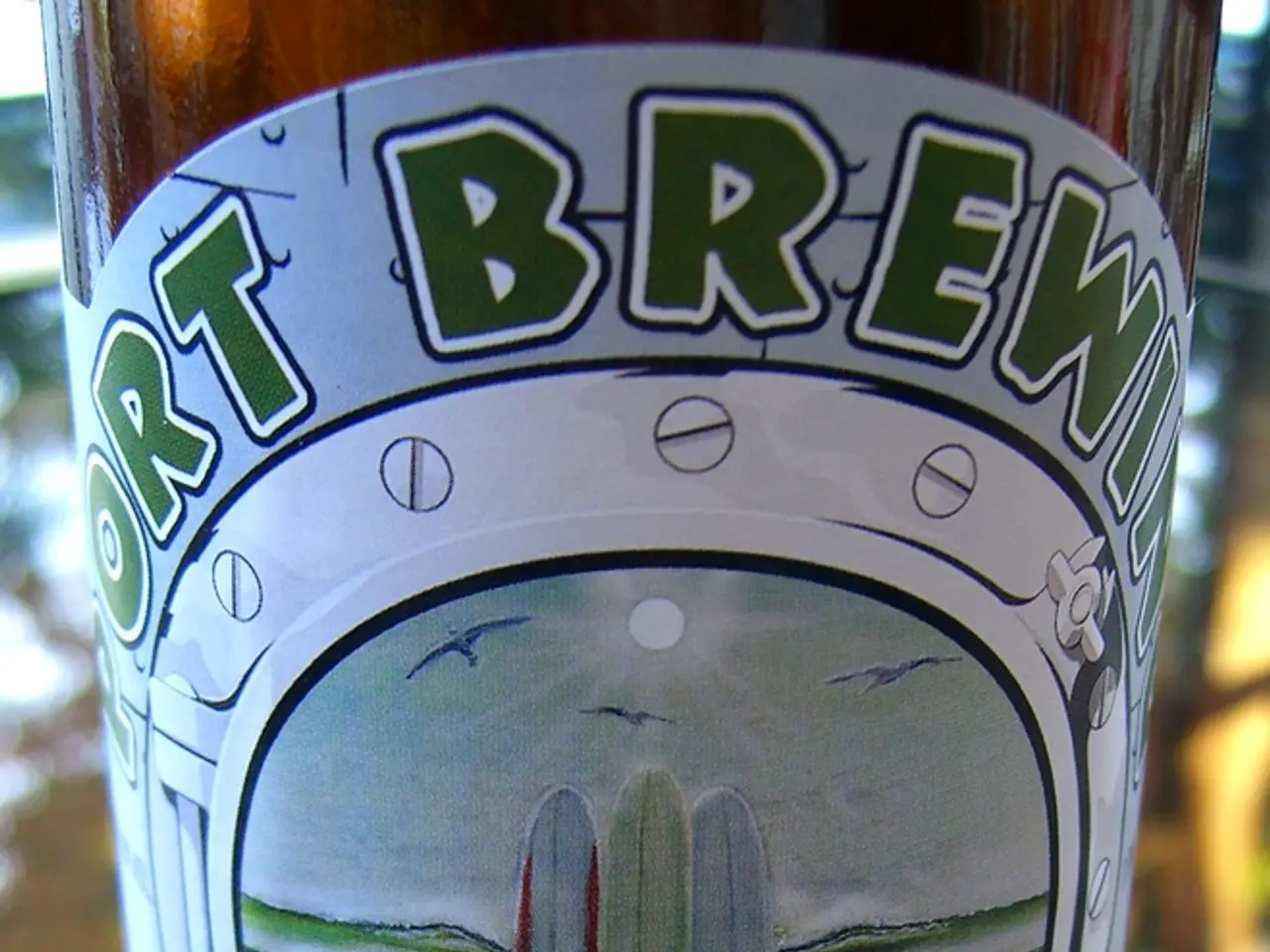Checking Homebrew Installation: A Detailed Guide for Verification
Homebrew is a popular package manager for macOS, allowing users to easily install and manage software packages on their Macs. Here's a guide on how to quickly check if Homebrew is installed on your system and some steps to take if it's not.
Checking for Homebrew's Presence
The most straightforward method to check if Homebrew is installed is by using the terminal command . If Homebrew is installed and correctly configured, this command will display the version number and repository information. If it is not installed, you will see an error message like:
Locating the Homebrew Directory
By default, Homebrew installs itself in either (for Apple Silicon Macs) or (for Intel-based Macs). To check for the Homebrew directory, use the terminal commands or .
Adding Homebrew to Your PATH
If Homebrew is not included in your PATH, you will receive a "command not found" error when running . To fix this, add the appropriate Homebrew directory to your PATH environment variable. For example, for Intel-based Macs, add to your PATH, and for Apple Silicon Macs, add .
You can check if Homebrew is properly configured in your system's PATH by using the command . If the Homebrew directory is missing, add it to your PATH by editing your shell configuration file and adding the appropriate line, such as .
Reinstalling Homebrew
If you accidentally delete the Homebrew installation directory, reinstall Homebrew completely using the official installation instructions on the Homebrew website.
Troubleshooting and Maintenance
Running can help identify potential issues with your Homebrew installation, such as outdated packages or incorrect file permissions. If you encounter a corrupted Homebrew installation, you can resolve it by uninstalling and reinstalling Homebrew using the official instructions on the Homebrew website.
Importance of a Functioning Homebrew
Verifying that Homebrew is installed and functioning correctly is crucial for package installation, dependency management, troubleshooting, system consistency, and security updates. Knowing if Homebrew is correctly installed is essential for macOS package management.
Homebrew is an essential tool for macOS users, making it easier to manage software packages and keeping your system secure and up-to-date. By following the steps outlined above, you can ensure that Homebrew is correctly installed and ready to use on your Mac.








